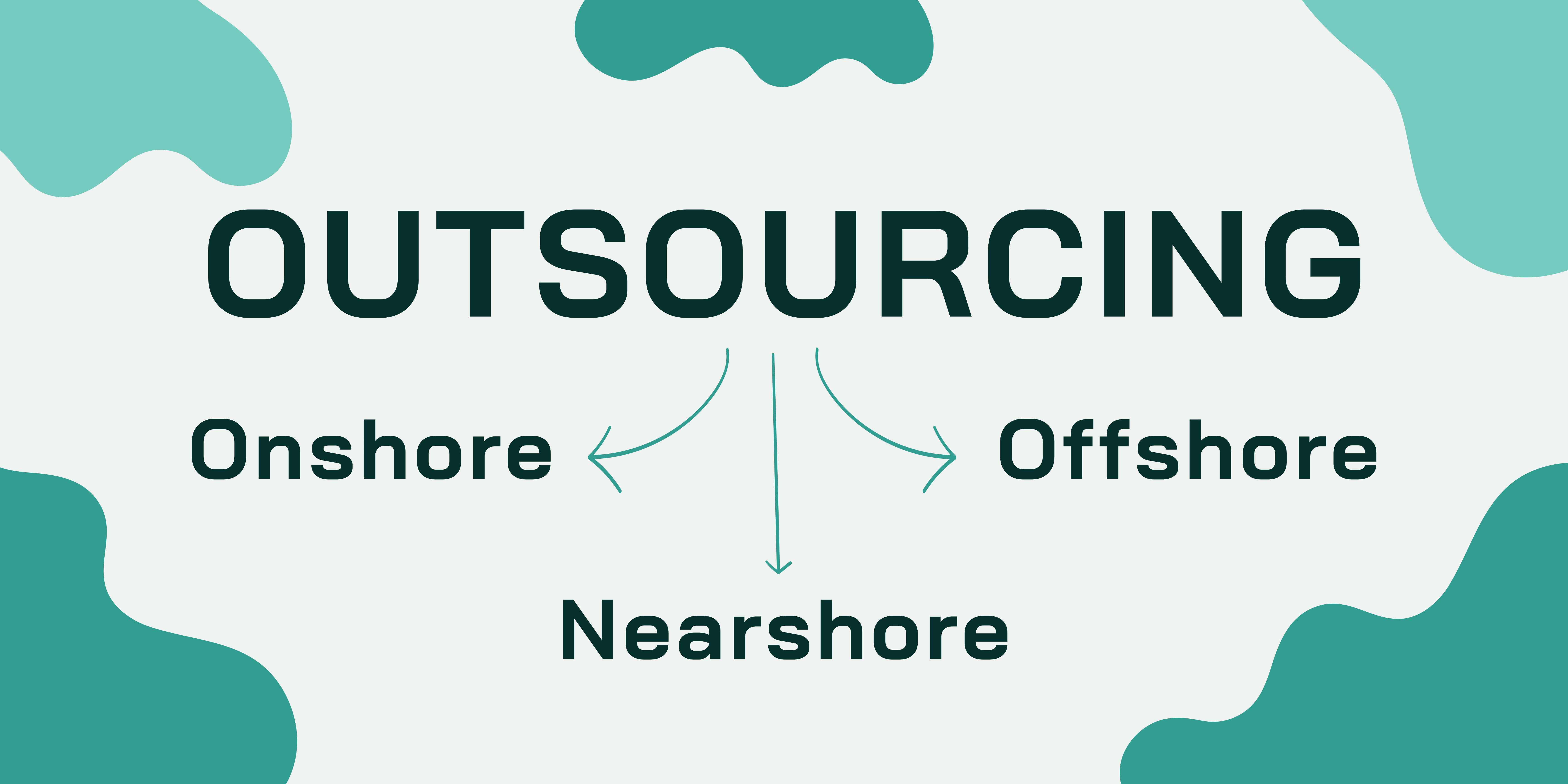
Whether you’re sticking to in-house operations or exploring external partnerships, we’ve put together a short guide to help you understand onshore, nearshore, and offshore options. Read more for an overview of each strategy, along with a list of pros and cons.
Onshore Outsourcing: Balancing Quality and Proximity
Onshore outsourcing involves contracting tasks or services to external providers within your business’s country or geographic zone. This strategy is ideal for projects requiring strict regulatory compliance, familiarity with local laws, and direct oversight.
| Advantages | Considerations |
| Strict regulatory compliance and local law familiarity. Ideal for projects needing real-time communication due to similar time zones. Suitable for scenarios involving sensitive information and high-security requirements. | Higher costs are associated with quality control and proximity. Limited talent pool compared to global options. |
Nearshore Outsourcing: Balancing Efficiency and Proximity
Nearshore outsourcing entails partnering with external service providers in neighboring countries or areas. This strategy is beneficial for projects that benefit from overlapping time zones and reduced travel costs.
| Advantages | Considerations |
| Overlapping time zones for real-time collaboration. Reduced travel costs for meetings. Access to a diverse talent pool within a closer geographic range. | Offers a balance between cost efficiency and proximity benefits. Better cost and talent availability than onshore, but may face constraints compared to offshore locations. |
Offshore Outsourcing: Unlocking Global Opportunities
Offshore outsourcing involves engaging external providers in different countries or regions. This strategy prioritizes significant cost savings without compromising quality, providing access to a global talent pool.
| Advantages | Considerations |
| Significant cost efficiency and scalability advantages. Access to a global talent pool with diverse skills and expertise. | Challenges related to cultural and language differences. Regulatory complexities may arise. Distance and travel considerations for in-person meetings. |
Conclusion: Tailor Your Approach for Success
As you evaluate sourcing strategies, keep your project needs and organizational goals in mind. Onshore, nearshore, and offshore outsourcing each offer unique benefits and considerations.
The right sourcing strategy is not a one-size-fits-all solution. At CXO4, we can help you find the perfect fit for your unique business requirements.